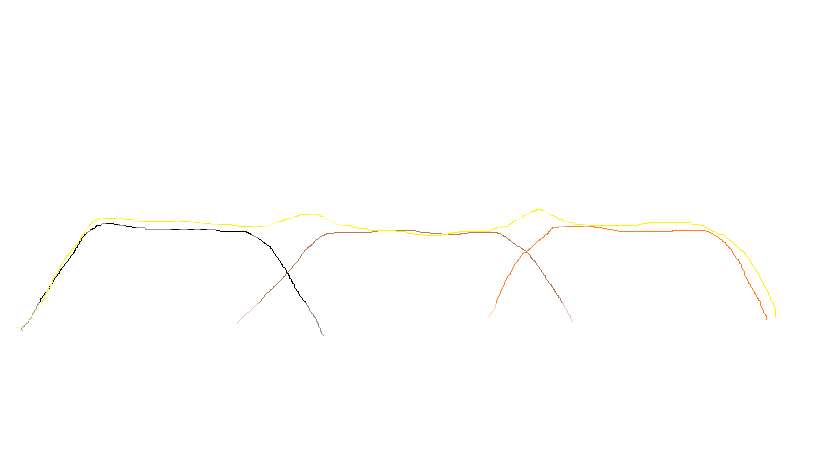

The fact that we later construct a replica of V3 at the junction of R3 and R4 means nothing to the Bode plotter and therefore we do not obtain a usable Bode plot result.Īs far as the Bode plotter is concerned, the input V3 never makes it to the output and thus, there is no display on the screen, even though a 1 MHz output is actually being delivered in response to the 1 MHz input.įorgive me, but I cannot resist saying that this does not bode well. Therefore, since the signal from V3 is not present at the outputs of A1 and A2, the attenuation from V3 at 1 MHz to the mixer outputs is infinite. The 1 MHz inputs that each mixer receives are totally suppressed at the mixer outputs. The reason is that the balanced mixers A1 and A2 each deliver two outputs, one at the sum frequency of 1 MHz plus 1 MHz which equals 2 MHz and the other at the difference frequency of 1 MHz minus 1 MHz which equals zero Hz (hence the name zero frequency IF). However, the Bode plotter does not respond to this. Please consider this zero-frequency IF circuit from my Living Analog blog entitled, Zero frequency IF.įor the input V3, at the same frequency as the local oscillator represented by V1 and V2 at 1 MHz, the signal output at the junction of R3 and R4 replicates the signal input. In terms of circuits this means we might have a \(V_\) (depending where the constant lies.This is great, but there is a SPICE booby trap waiting for the unwary user of the Bode plotter. Generally a transfer function is equivalent to the ratio of an output to an input. Usually denoted as \(H(s)\) or \(H(j\omega)\). Q: What do we need to start doing the Bode Plots?Ī: The first thing we’ll need is called transfer function. One we’ll call the magnitude plot and one called the phase angle plot. In this set of notes we will call \(\omega\) our input frequency.īode plots typically consist of two graphs. This system could be any system (not just a circuit!) which experiences change in behavior due to a change in frequency (cycles/second).įrequency Response basically means how our system will change with respect to a given input frequency. Let’s get started by first answering a few questions.Ī: Bode plots are a actually a set of graphs which show the frequency response of a system. But we will cover the basics of how to bode plots for both magnitude and phase angle, explaining each step along the way. The aim of this page is to explain Bode plots as simply as possible. A Beginner's Guide to Bode Plots Zac Blanco Blog Education Projects About A Beginner's Guide to Bode Plots


 0 kommentar(er)
0 kommentar(er)
